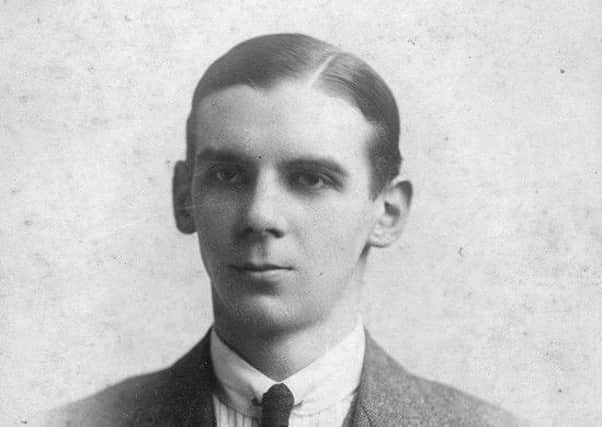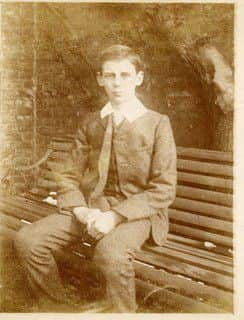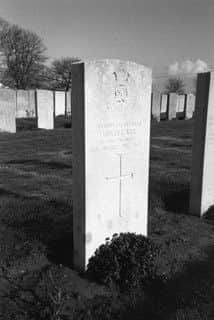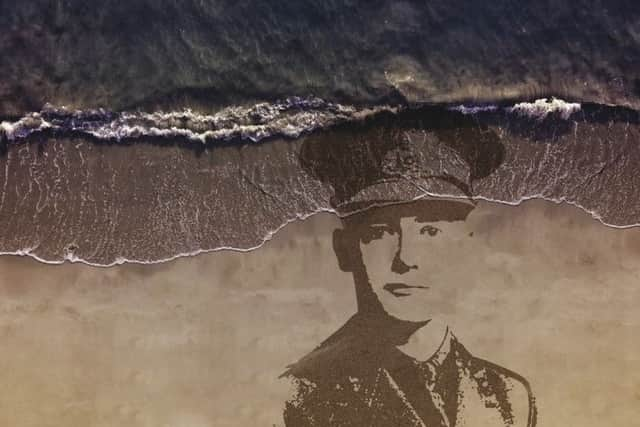Fallen Sunderland soldier to be etched in the sand at Roker Beach for Danny Boyle's Pages of the Sea


It’s been announced this morning that 2nd Lt Hugh Carr will be the main feature of the Pages of the Sea in Sunderland, which will take place from 12pm-3pm on Sunday, November 11.
Sunderland is one of only a handful of coastal cities and towns in the UK chosen to be part of the project, which is being produced by The Beach and Trainspotting director, who was also behind the London Olympics’ spectacular opening ceremony.


Advertisement
Hide AdAdvertisement
Hide AdEach event, which is commissioned by 14-18 NOW to mark the centenary of Armistice Day, involves the drawing of a large-scale portrait of a casualty from the First World War, designed by sand artists Sand In Your Eye, which will be washed away as the tide comes in.
Hugh will be the main portrait in Sunderland’s Pages of the Sea. He was born in 1891 and died in the Ypres salient in January 1916 when a German shell landed near his trench. He’d transferred from the Household Cavalry to a Royal Engineers tunnelling company where he was using his experience as a miner.
Danny Boyle said: “Beaches are truly public spaces, where nobody rules other than the tide. They seem the perfect place to gather and say a final goodbye and thank you to those whose lives were taken or forever changed by the First World War. I’m inviting people to watch as the faces of the fallen are etched in the sand, and for communities to come together to remember the sacrifices that were made.”
The public is invited to gather on Roker Beach as part of an informal, nationwide gesture of remembrance for the men and women who left their home shores during the First World War.


Advertisement
Hide AdAdvertisement
Hide AdIn addition, the public will be asked to join in by creating silhouettes of people in the sand, remembering the millions of lives lost or changed forever by the conflict.
Poet Carol Ann Duffy has been invited by Danny to write a new poem, which will be read by individuals, families and communities as they gather on beaches on November 11. Copies of the poem will be available at the beaches around the UK for those who wish to come together or to offer their own personal contribution.
The event will also feature a choir led by Catherine Stephens, of The Cornshed Sisters, who also led the choir at the memorable Portolan high-wire walking spectacular, one of the highlights of this summer’s visit of The Tall Ships. They will perform a song by Heg Brignall who also created the haunting music at the show-stopping high-wire event.
Hugh’s Story


Hugh was born in on July 13, 1891, to parents Thomas Carr and Mary Ann Carr (nee Davidson). He lived with his parents and brother Walter Frederick Carr in Sunderland Street, Houghton-le-Spring and then in Chilton Moor.
Advertisement
Hide AdAdvertisement
Hide AdHe was apprenticed as a mining engineer to Lambton & Hetton Collieries Ltd for seven years, starting in 1905.
After the outbreak of war in August 1914, Hugh enlisted in York on October 20 the same year. After training, he joined C Squadron of the Household Calvary 1 st Life Guards as a Trooper (number 3244).
In the stalemate of the Western Front, underground warfare, especially the laying of explosive mines below enemy positions, became a key tactic, leading to the formation of specialist tunneling companies that relied on former miners from areas such as County Durham.


So Hugh transferred to the Royal Engineers, 172 Tunnelling Company, formed in February 2105, with the rank of Second Lieutenant.
Advertisement
Hide AdAdvertisement
Hide AdBased in the hard-fought Ypres Salient in Belgium, and in cold, dark and dangerous conditions, his work would have involved digging deep defences and communications, planting mines and counter-attacking enemy tunnels.
Hugh was seriously wounded when a German shell exploded in a trench positioned in the small French village of St Eloi, 5km south of Ypres, on January 21, 1916. He was transferred by train to a field hospital in Remy Siding, Poperinge, with leg, head and arm injuries. He died of his wounds two days later, aged 25. He was buried in a cemetery next to the hospital. His parents were informed by telegram.